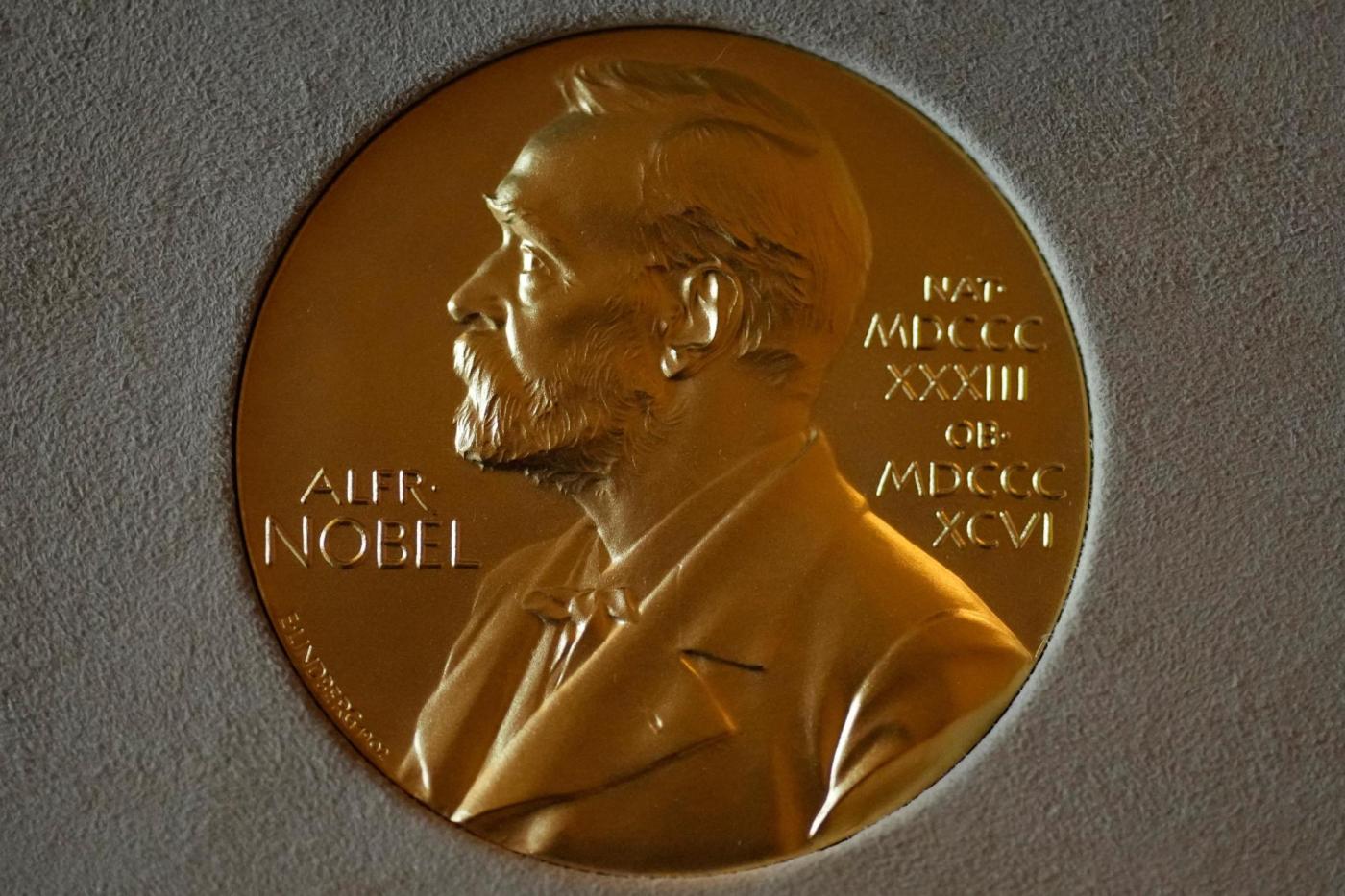The annual Ig Nobel Prizes, held in Boston and Cambridge since 1996, recently celebrated the quirkiest scientific research from around the globe. These awards, often described as the “highlight of the scientific calendar” by the journal Nature, recognize projects that provoke laughter and thought. The 2025 edition showcased a range of unusual studies that deserve attention alongside more traditional accolades like the Nobel Peace Prize.
One of the standout winners was the late William Bean, honored with the 2025 Ig Nobel Prize in Literature. Bean, a former professor at the University of Texas Medical Branch in Galveston, dedicated 35 years to meticulously documenting the growth of his fingernails. His findings, published in six scientific papers, revealed a notable decrease in growth rate with age. His last paper, appearing in the Archives of Internal Medicine, reported that his left thumbnail’s growth rate dropped from 0.123 mm a day at age 32 to 0.095 mm at age 67.
The 2025 Ig Nobel Prize in Pediatrics was awarded to Julie Mennella and Gary Beauchamp of the Monell Chemical Senses Center in Philadelphia. Their study examined the impact of garlic in maternal diets on the taste preferences of breastfeeding infants. According to their research published in a Pediatrics journal, infants demonstrated longer attachment times and increased sucking when breast milk had a garlic aroma, highlighting the intriguing relationship between maternal diet and infant taste.
In the realm of Physics, the prize went to a team from Italy for their research titled “Phase Behavior of Cacio and Pepe Sauce.” This study, published in the journal Physics of Fluids, explored how varying starch concentrations impact sauce consistency. The researchers identified a phenomenon they termed the “Mozzarella Phase,” where a starch concentration below 1% results in undesirable clumping. They concluded their paper with a scientifically optimized recipe aimed at achieving a consistently flawless rendition of this classic dish.
Another unique study was recognized in Engineering Design, where Vikash Kumar and Sarthak Mittal from Shiv Nadar University in Delhi tackled the issue of odorous footwear. Their research, “Smelly Shoes – An Opportunity for Shoe Rack Re-Design,” was published in a chapter of the book “Ergonomics for Improved Productivity.” The study investigated how unpleasant shoe odors can diminish the satisfaction derived from a well-designed shoe rack, although details on their methods remain locked behind a paywall.
Lastly, in Psychology, Marcin Zajenkowski from the University of Warsaw and Gilles Gignac from the University of Western Australia were awarded for their study, “Telling People They Are Intelligent Correlates with the Feeling of Narcissistic Uniqueness.” Their research, published in the journal Intelligence, explored the correlation between feedback on IQ test results and temporary state narcissism. Their findings suggest that affirming intelligence can increase narcissistic tendencies, while negative feedback may reduce them, although extreme narcissists often dismiss unfavorable IQ results as unreliable.
The Ig Nobel Prizes serve not only to entertain but also to inspire curiosity about the diverse and sometimes absurd nature of scientific inquiry. As the world continues to grapple with pressing challenges, these awards remind us of the creativity and humor that can be found in research.
